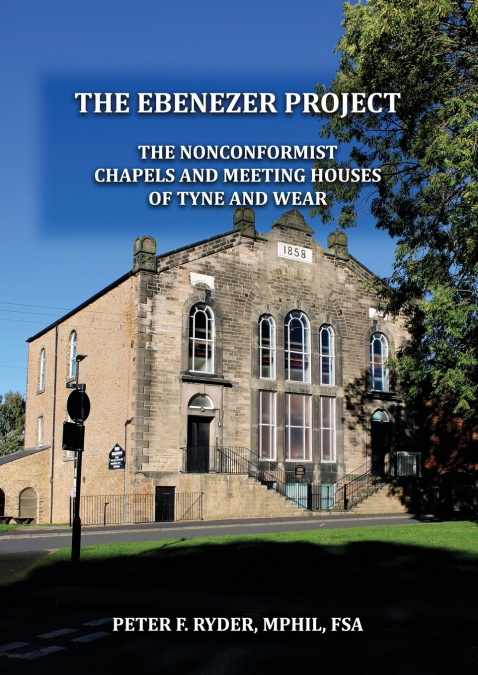
 Librería Perelló (Valencia)
Librería Perelló (Valencia)
 Librería Aciertas (Toledo)
Librería Aciertas (Toledo)
 El AlmaZen del Alquimista (Sevilla)
El AlmaZen del Alquimista (Sevilla)
 Librería Elías (Asturias)
Librería Elías (Asturias)
 Librería Kolima (Madrid)
Librería Kolima (Madrid)
 Donde los libros
Donde los libros
 Librería Proteo (Málaga)
Librería Proteo (Málaga)
Ever since the Civil War the history of the Christian Church in England has been characterised by a threefold division, into the Anglicanism of the State, Roman Catholicism slowly being tolerated again and the fastest growing sector, Protestant Nonconformity. The great urban expansion of the 19th century saw the building of thousands of new chapels and meeting houses which form a significant part of the built heritage of our cities, towns and villages.This study covers Nonconformist buildings in the modern Metropolitan county of Tyne and Wear, including the two cities of Newcastle and Sunderland. Taking World War II as its cutoff point, it identifies almost 900 chapels, only about a quarter of which survive today, with barely half of these still in their original use. They vary from the huge Town Chapels seating over a thousand to tiny ’Tin Tabernacles’. A surprising contrast emerges between the traditional Anglicanism of Newcastle (where the 1851 census shows that there was a chapel for every 1145 inhabitants) and the fervent Nonconformity of Sunderland (where there was a chapel for every 639).Nonconformist buildings are of importance both architecturally and as witness to social history. The dwindling of congregations means that many have been demolished or turned to other uses and they, and their builders, have not received the attention that they deserved. This book aims to be their Ebenezer - an Old Testament word for ’a stone of memorial’ - and do something to redress that balance.